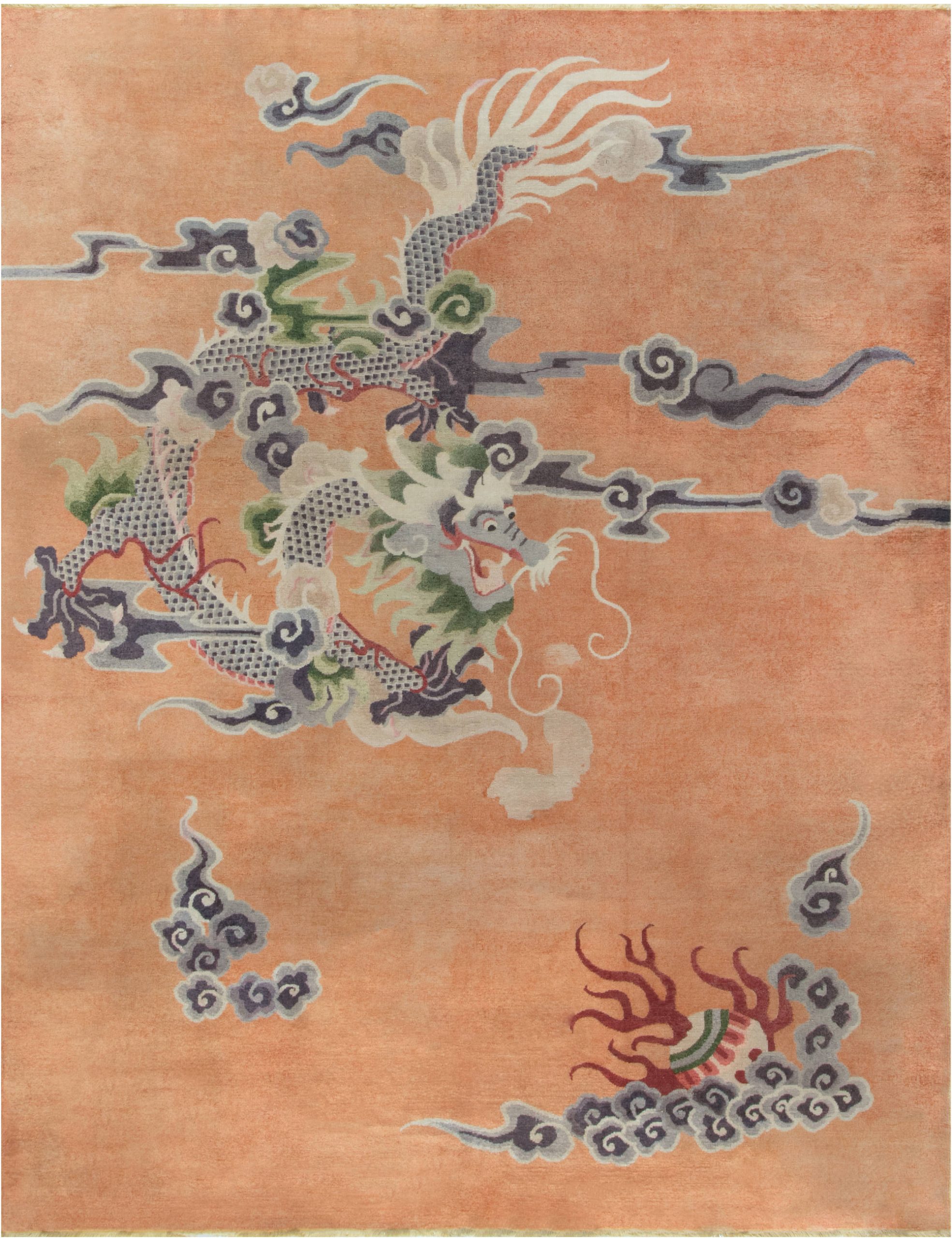The Origins of the Dragon Rugs
Dragon rugs are a part of a much larger group of Quba rugs. The majority of them come from the 17th to 19th century. People named them after a town located in the Azerbaijan Republic near the Caspian Sea. They have rich coloring and complex patterns. Also, their elegant motifs with mysterious Caucasian symbolism earned them a place among the best carpets of the world. Among antique Quba carpets, there are chi-chi prayer rugs. They are famous for their elegance and creative designs.
Dragon Rug Patterns
The most basic dragon rug patterns consist of irregular bands. They often form an ogee lattice characteristic of Kerman vase carpets. These two types of rugs are similar. Thus, scholars believe that dragon rugs were in fact based on Kerman vase carpets. Also, they have quite a few shared traits with Chinese woven rugs. Early pieces are usually very narrow. The weavers decorated them with a single border. Surprisingly, the weavers hid the most interesting part of their designs between bands. These are for example fantastic creatures, ranging from Chinese dragons and lions. What is more, they are often accompanied by ordinary creatures such as fawns, wild donkeys, and cranes. Sadly, as designs started to develop, all animals disappeared from piles. The artisans left only the dragons. Made of high-quality wool, dragon carpets have beautiful color palettes.
To sum up, dragon rugs are proof that Middle Asia is a treasure chest waiting to be opened. We are aware that classic Oriental and Persian rugs are still popular among collectors. However, rug aficionados didn’t leave the dragon rugs were behind. These gain more and more interest every day.
